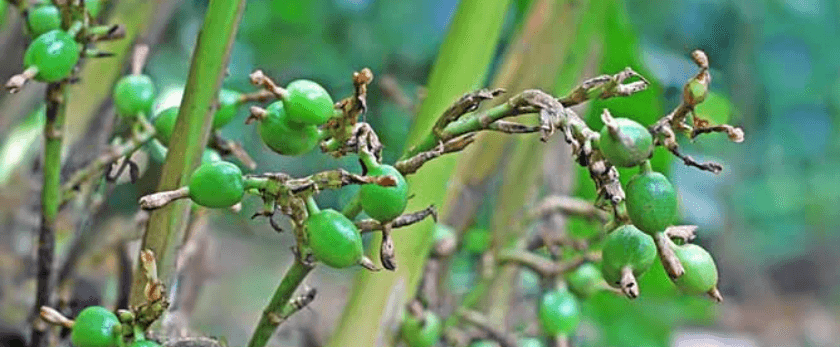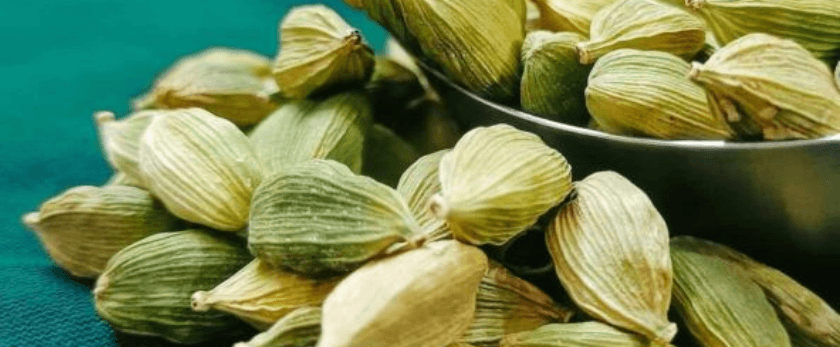Cardamom, also known as the "Queen of Spices," is a highly prized and versatile spice that is used in cuisines all over the world. Not only does it add a unique flavor to dishes, but it also has numerous health benefits, making it a must-have in any kitchen. But did you know that you can easily grow cardamom at home? Not only is it a fun and rewarding experience, but it also promotes sustainability and reduces your carbon footprint. In this guide, we will discuss how to grow cardamom in a sustainable manner, from caring for the plant to common problems and the best time to grow.
How to Care for Cardamom
Watering
Cardamom plants require consistent moisture, but not waterlogged soil. It is important to keep the soil evenly moist, but not soggy. The best way to achieve this is by watering the plant deeply once a week, allowing the water to soak into the soil. During hot and dry weather, you may need to water more frequently. However, be careful not to overwater as it can lead to root rot.
Light
Cardamom plants thrive in partial shade to full shade. They prefer indirect sunlight and can be grown indoors near a window that receives bright, indirect light. If growing outdoors, make sure to provide some shade during the hottest part of the day. Too much direct sunlight can cause the leaves to turn yellow and dry out.
Soil
Cardamom plants prefer rich, well-draining soil with a slightly acidic pH level between 6.1 and 7.5. You can use a mix of potting soil and compost to create a nutrient-rich soil for your plant. Make sure to avoid using heavy clay soils as they can retain too much water and lead to root rot.
Fertilizer
Cardamom plants are heavy feeders and require regular fertilization to thrive. You can use a balanced organic fertilizer every two to three weeks during the growing season. Alternatively, you can use a slow-release fertilizer at the beginning of the growing season. Be sure to follow the instructions on the fertilizer package for the correct dosage.
Pruning
Pruning is an essential part of caring for cardamom plants. It helps to promote healthy growth and prevent overcrowding. You can prune your plant by removing any dead or damaged leaves, as well as any suckers or shoots that grow from the base of the plant. It is also recommended to prune the plant after harvesting the pods to encourage new growth.

What is the Best Time to Grow Cardamom?
Cardamom plants are tropical plants and require warm and humid conditions to thrive. The best time to grow cardamom is during the warmer months of the year, typically from late spring to early fall. If you live in a colder climate, you can grow cardamom indoors in a warm and humid environment. It is important to note that cardamom plants can take up to three years to produce pods, so patience is key when growing this spice.
Common Problems with Cardamom
While cardamom plants are relatively easy to grow, they can still face some common problems. Here are a few issues you may encounter and how to address them:
- Yellowing leaves: This can be caused by overwatering, too much direct sunlight, or nutrient deficiencies. Make sure to adjust your watering schedule, provide some shade, and fertilize regularly.
- Pests: Cardamom plants can be susceptible to pests such as aphids, spider mites, and mealybugs. You can use organic insecticidal soap or neem oil to control these pests.
- Diseases: Root rot and fungal diseases can occur if the plant is overwatered or if the soil is too wet. Make sure to provide proper drainage and avoid overwatering to prevent these issues.
Sustainable Disposal Methods for Cardamom Plants
When it comes to sustainability, it is not just about how we grow our plants, but also how we dispose of them. Here are some eco-friendly ways to dispose of your cardamom plants:
- Composting: If your cardamom plant has reached the end of its life cycle, you can compost it along with other organic materials. This will not only reduce waste but also provide nutrient-rich compost for your garden.
- Repurposing: You can also repurpose your cardamom plant by using the leaves and stems as mulch for your garden or as a natural air freshener for your home.
- Sharing: If you have excess cardamom plants, consider sharing them with friends, family, or your local community. This promotes sustainability by reducing the need for new plants to be grown.
Conclusion
Growing cardamom at home is not only a fun and rewarding experience, but it also promotes sustainability and reduces your carbon footprint. By following the care tips mentioned in this guide, you can successfully grow your own cardamom plant and enjoy the benefits of this versatile spice. Remember to be patient, as it can take a few years for the plant to produce pods. And when it comes time to dispose of your plant, make sure to do so in an eco-friendly manner. Happy growing!










